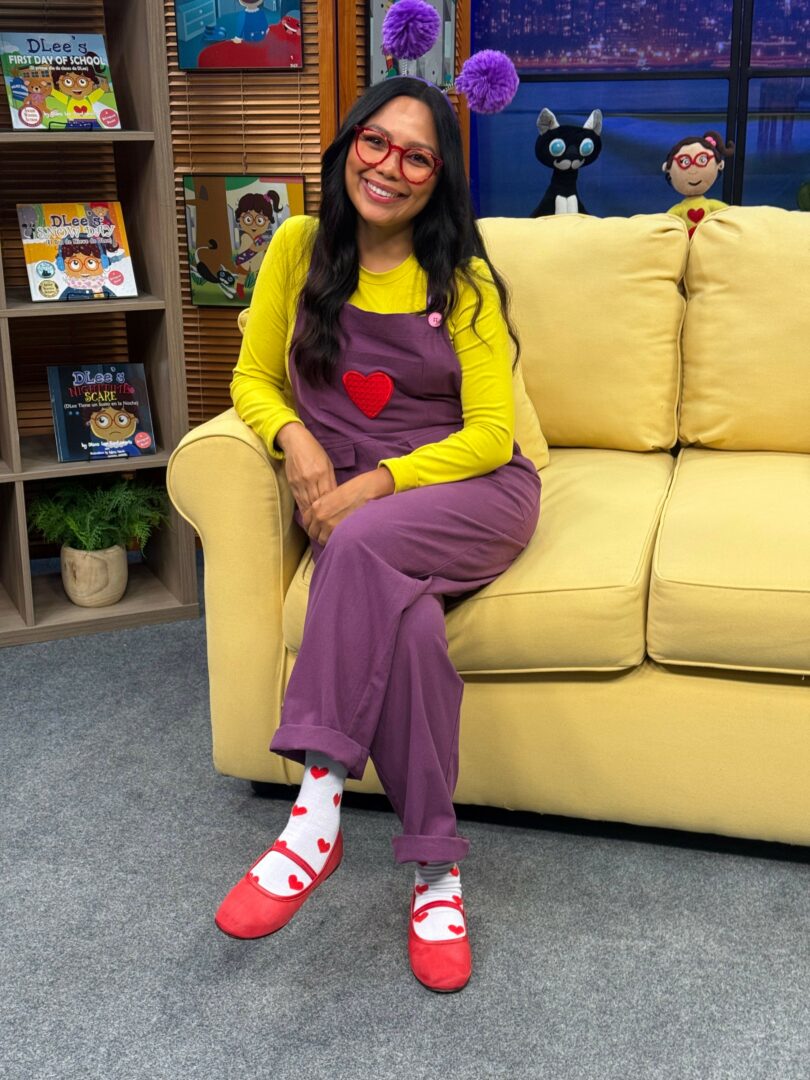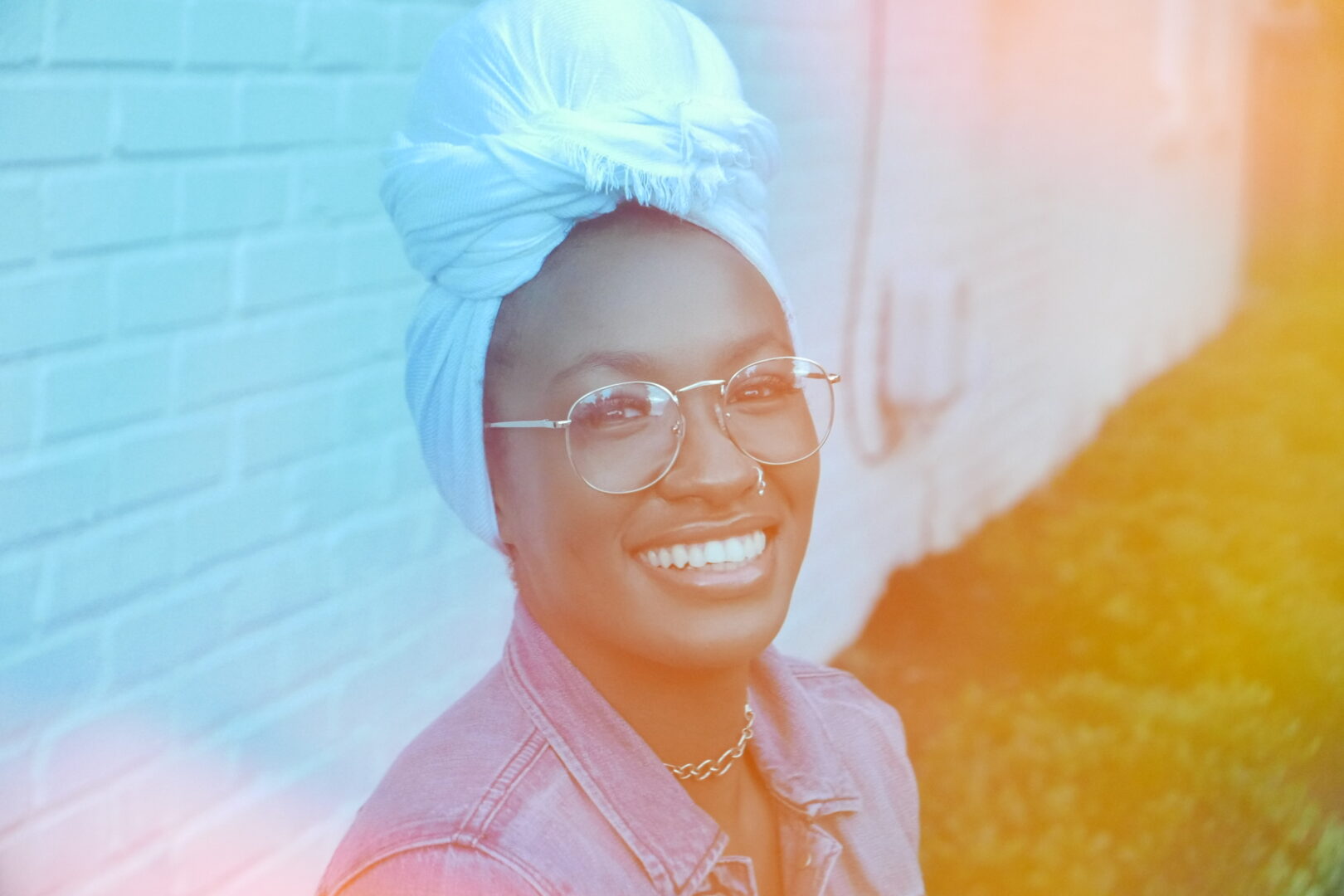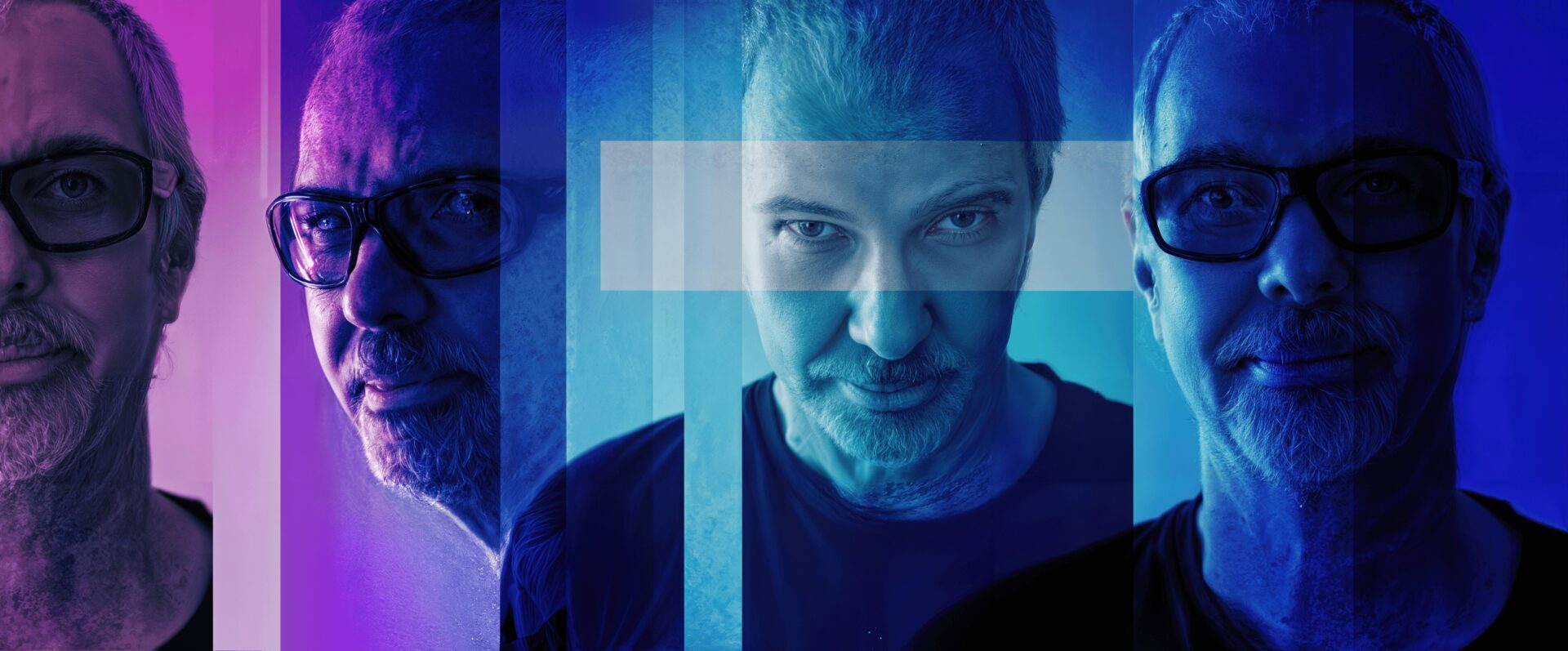We caught up with the brilliant and insightful Marc Scheff a few weeks ago and have shared our conversation below.
Marc, first a big thank you for taking the time to share your thoughts and insights with us today. I’m sure many of our readers will benefit from your wisdom, and one of the areas where we think your insight might be most helpful is related to imposter syndrome. Imposter syndrome is holding so many people back from reaching their true and highest potential and so we’d love to hear about your journey and how you overcame imposter syndrome.
Imposter syndrome can be a signal and not a stigma. It’s not so much about erasing it, but knowing how to overcome it when, not if, it shows up.
I haven’t erased imposter syndrome, and neither should you.
Bad news first, if you’re a creative then imposter syndrome never goes away.
Good news, there’s a good reason AND you can use imposter syndrome as a trigger to keep moving forward.
First, why it shows up.
That’s pretty simple. To do creative work, to make things from your heart and soul, this requires a kind of impossible combination of confidence and vulnerability. It also requires time, lots of time, lots of curiosity, lots of time in your own head, lots of time to ask questions, and lots of time to sit with doubt. But most of all it means you are really, really good at imagining things.
Good imaginations make imposter syndrome show up strong. Follow me on this one. One of the things you imagine is your future, your success. So, you also imagine that future self enjoying that success, or you see other people sharing their highlight reels on social media and you imagine the ease and confidence they must feel. That future self isn’t now so the way this hurts creatives is when they hold themselves still because they’re not there yet. This is a real catch-22. If you have to already be successful to do things that successful people do… you see the problem.
When I was creating some my resin work in 2018, I didn’t think that it would be shown at a huge art fair in Miami. That was for my imaginary future self. This is where I work with people to make their own mess of opportunities. If I was painting and trying to find a way to get to that show, my imposter syndrome would say “that’s for when you’re more well known.” So I used it as a trigger, what can _I_ do to simply connect and create relationships? What I did in this case is something much much easier, I replied to a gallery’s mailing list and all I said was that I really liked the work I saw (and made sure my portfolio was linked in the signature). Look, this isn’t a formula, it was right place right time, AND I got a reply and began to build a relationship that resulted in my going to this incredible show the next year.
Second, how to use it as a trigger.
In the example above, I used my own imposter syndrome to trigger a different action. I didn’t go and email a bunch of galleries telling them they needed my work. I did something smaller, I said hello. I wish it was more complicated than that so I could sell a book on it 😀 AND finding small steps is one of the hardest things most of us have to do. We get so caught up in the big imagining we haven’t gotten yet, we fail to see what’s in front of us.
And I still experience imposter syndrome. I have a lot of experience in the art world and as a coach, and honestly it feels weird to even type that because yeah there are other more experienced artists AND other more experienced coaches.
So one last thing I’ll say helps me is doing exactly what I just did: celebrate what makes you you. My unique path is exactly that, unique. And the people I’ve helped are the people I’ve helped. When imposter syndrome kicks up, one really easy thing I can do is write down a quick “yeah, I did that” list. It’s easy for you to do too. It’s your journal, nobody has to see it, go ahead and brag a little. You helped a friend, you made something cool, you completed something, you let something go. One of my accomplishments I love, every single week, is taking my daughter to school. When I say it out loud to myself I remind myself that I love how I show up as a dad. That makes it easier to show up everywhere else, no matter what the imposter in my brain has to say.
If you want to try this yourself, I encourage it! See what happens if you do a short list every day for a week. Dollars to donuts, you’re going to feel a little stronger and a little more able to handle the imposter.

Appreciate the insights and wisdom. Before we dig deeper and ask you about the skills that matter and more, maybe you can tell our readers about yourself?
Right now, I’m fully focused on creating new ways to coach passionate creatives so that they can break free of worry and find creative freedom. I love the work I do and one project in particular makes this much more accessible to creatives at every level.
I see too many creatives and entrepreneurs paralyzed by perfectionism, fear, and overthinking. There’s big dreams, and week after week they just didn’t get to it, or will start next week, or aren’t sure if this or that is the right opportunity.
But creativity isn’t clean. It’s messy, unpredictable, and uncomfortable. And that’s exactly why it works. The truth is there is no “right” way. There is only the mess if you have the knowledge and support in how to use it.
Make a Mess is a framework I’m using in our online community for creatives to give members (passionate creatives) the permission, structure, and tools they need to break through their own mental barriers. The program is designed to support creatives of all types to stop obsessing over the outcome and start taking action—because the process of creation itself is what leads to brilliance.
Find out more here: https://www.unleashcreativity.club

Looking back, what do you think were the three qualities, skills, or areas of knowledge that were most impactful in your journey? What advice do you have for folks who are early in their journey in terms of how they can best develop or improve on these?
GRIT
I feel like high-school wrestling was helpful here. Grit isn’t just about pushing on the same thing day after day. Grit is about constantly evolving, making tough decisions on how to more forward. This includes letting go of one thing to pursue another. It takes grit to say no.
I’ve worked with a few creatives whose big problem was that relentless energy put in directions that just weren’t moving fast enough. Grit is as much knowing about when to let something go. And, boy howdy, it feels tough, like quitting.
The biggest professional shift I’ve ever experienced was my transition to coaching. The short version is that it was the pandemic and I had launched a dream job only to see it fall apart and make the tough decision to walk away. The salt in the wound is that when I went back to full time art… it just wasn’t fulfilling. I have to say I’m glad I listened to my wife who noticed this first. The process I went through to research, apply, train, earn degrees, build a new creative business as a coach, none of it was easy. The time I was investing there meant saying no to some opportunities in the art world.
Here’s where the grit comes in. It took grit to keep going and growing even though it meant leaving something even partially behind.
What really helps with grit is this idea: saying no to something is much easier if you’re saying yes to something else.
I have an artist I work with now who is facing a tough decision on a very cool job opportunity. Just like me, they’re worried about the impact it will have on their art career. The exercise I gave them (which may help others here) is to do what I talked about in the first part of this article, journal the outcomes. What’s the worst case if you say yes, or no? What’s the best case if you say yes, or no? If you say yes, what’s the outcome you would want to create, knowing the limitations? If you say no, same thing.
By exploring all of these questions this artist, and you, can move out of the mental muck and create a mess of clearer ideas. Then, when one really lights you up, you know how to move ahead.
SOFT SKILLS (EMPATHY and BOUNDARIES)
This serves anyone. If you’re leading a team, or your own career, or just your life, you need the soft skills around communication and empathy.
I’ll say this even though it might catch me some heat. The real pitfall with strong empathy is when it drives you to give up opportunities. I’m a textbook enneagram 2, people pleaser and peacemaker. I have a lot of empathy for those around me, on my team, in my community that I run. My desire to please is a tough combo when someone needs support. My instinct is to do whatever it takes to make it work for them. That often means giving more and more of myself.
And this is just the worst. If I give more than I can, that’s just instant burnout. I’m ALL for overdelivering. I put everything I have into my community. AND (yes, and) if I don’t manage my time and energy then I’ll burnt out and I’m no longer able to support.
I’ve put it like this, if you want to do what you’re doing for a long time you have to take care of you. Your health, your money, your energy, your relationships, all of it. If you take care of you, then it’s a gift to others because of what that energy allows you to do.
In the Unleash Creativity Club, we do a solid amount of energy management from tools for daily management, to longer term. Plus, there’s nothing that supports self care like a community that gets exactly what you’re going through.
HUMOR
This is science. Keep reading!
Growing up, my grandmother in her thick Boston accent would tell me, “Mahc, yah have to always have yah humah.” And I saw this in action with my dad (her son) who is a pediatrician. I watched how he brought ease and comfort to his team and patients with his loveable corny sense of humor. I watched both of them go through hard things, and use humor to gain perspective, grit, and get through.
Yes, a pitfall here is that it can be used to deflect. And in my work with creatives, we’re talking about people’s souls here. It’s not a joke!
So why humor? Science!!
Laughter is scientifically proven (google the study from the NIH) that laughter does actually reduce cortisol levels. Lower cortisol, lower stress, less worry, more creativity.
Ok, this is a slightly borrowed joke, but how many coaches does it take to change a lightbulb?
…
…
…
…
…
…
Just one, but the lightbulb has to really want to change.

Who is your ideal client or what sort of characteristics would make someone an ideal client for you?
Passionate creatives. This includes artists of all kinds AND entrepreneurs who want to be more creative in their thinking.
I have worked with hundreds of artists from folks starting out to people with careers much more impressive than my own. And some of my favorite 1-1 clients have been creating other things, like a new agency, or a non-profit.
For my Unleash Creativity Club, this is great for artists.
If you’re really moving and want some rocket fuel, my mastermind program provides very focused support and community to accelerate your progress.
Contact Info:
- Website: https://www.marcscheff.com/
- Instagram: https://www.instagram.com/marcscheff
- Facebook: https://www.facebook.com/marcscheff
- Linkedin: https://www.linkedin.com/in/marcscheff/
- Youtube: https://www.youtube.com/@MarcScheff
- Other: https://bsky.app/profile/marcscheff.bsky.social
https://www.threads.net/@marcscheff




Image Credits
workshop photo credit: Amy Jiao (https://www.amyjiaotattoo.com)
so if you or someone you know deserves recognition please let us know here.




